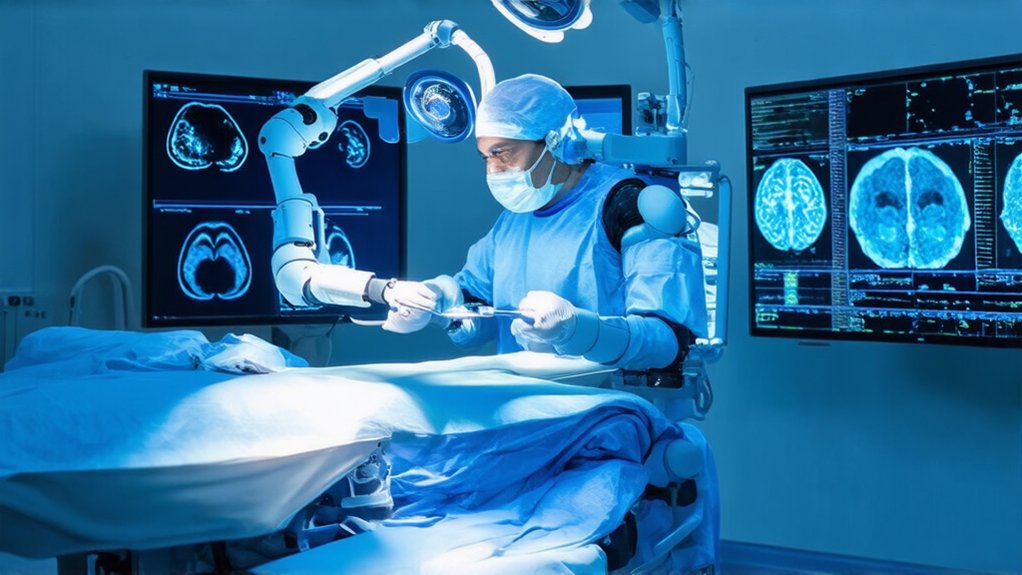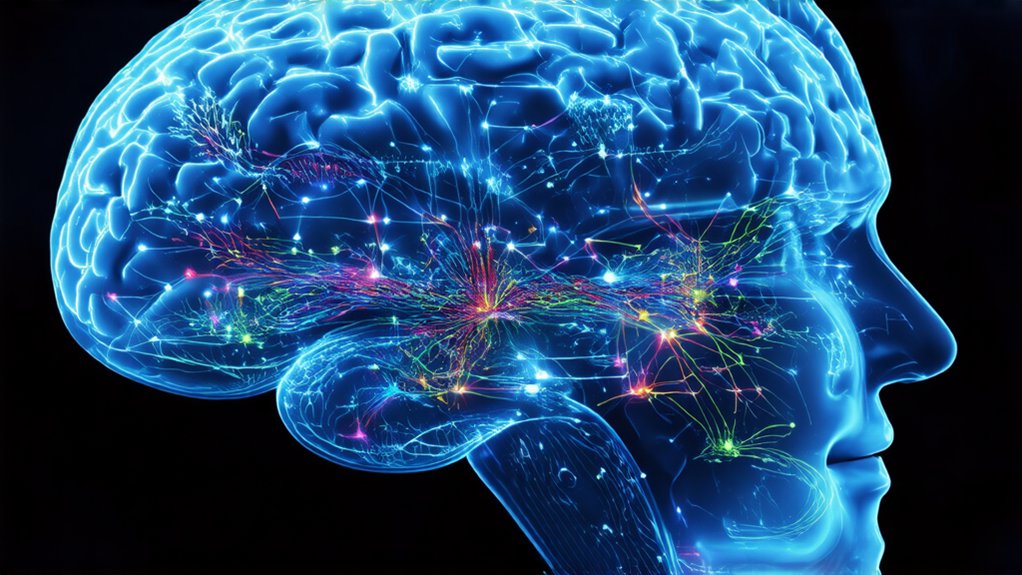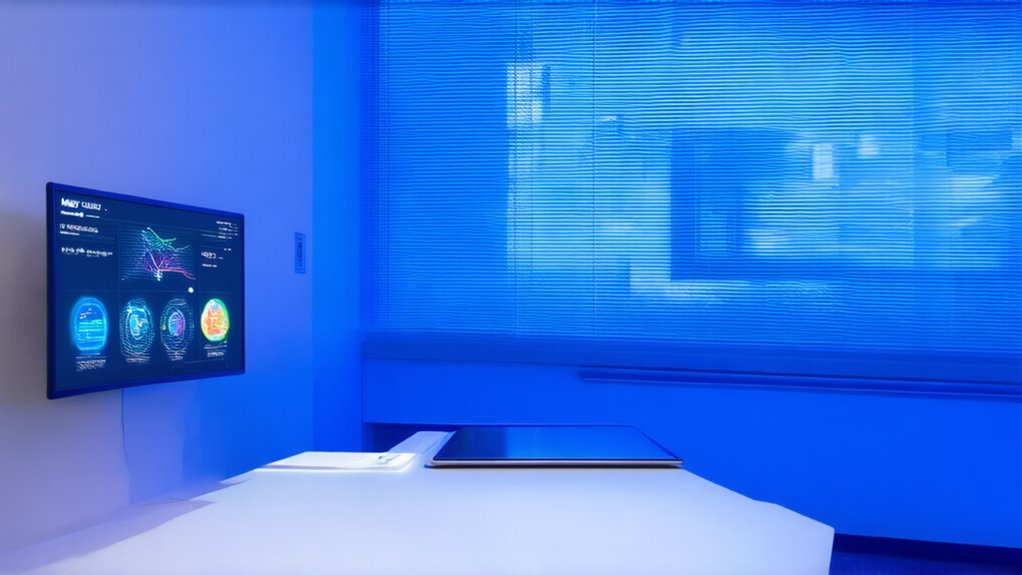While technology continues to reshape countless industries, artificial intelligence has emerged as a game-changer in some surprisingly diverse fields. From tracking endangered species to detecting skin conditions, AI tools are solving problems that once required countless human hours. The applications are impressive. And sometimes a little creepy.
In wildlife conservation, AI has revolutionized how researchers monitor animal populations. Camera traps and drones capture images that algorithms can analyze in weeks instead of months, identifying species and even individual animals by their unique markings. Acoustic sensors pick up animal vocalizations that humans might miss, especially from elusive nocturnal creatures. It’s like having thousands of researchers working 24/7 without coffee breaks. Machine learning systems have improved species detection rates by more than 30% according to recent studies. However, scientific inaccuracies like false positives can bias population estimates and must be carefully managed.
The fight against poaching has gotten a high-tech upgrade too. Systems like TrailGuard AI use camouflaged cameras to send alerts within 30 seconds when potential poachers are detected. Predictive algorithms analyze historical data to identify poaching hotspots, helping rangers deploy resources where they’re needed most. These advanced AI systems can cost organizations up to half a million dollars to implement effectively. Thermal imaging drones can even spot poachers at night. Bad news for criminals. Good news for rhinos.
Conservation efforts benefit from AI’s ability to process satellite imagery, detecting deforestation almost in real-time and predicting forest loss up to six months in advance with 80% accuracy. That’s precious time for preventative action before habitats disappear.
Meanwhile, in the beauty industry, AI is analyzing faces for wrinkles, pores, and pigmentation issues through smartphone apps. These systems match dermatologist-verified accuracy in many cases, allowing users to track skin changes over time and get personalized product recommendations based on their specific concerns.
The technology examines individual profiles—considering skin type, genetics, lifestyle factors, and environmental conditions—to create custom skincare routines. Algorithms evaluate product ingredients against specific needs like acne or sensitivity. It’s bringing expert-level analysis to everyday skincare decisions. No appointment necessary. Just a selfie and an algorithm.




